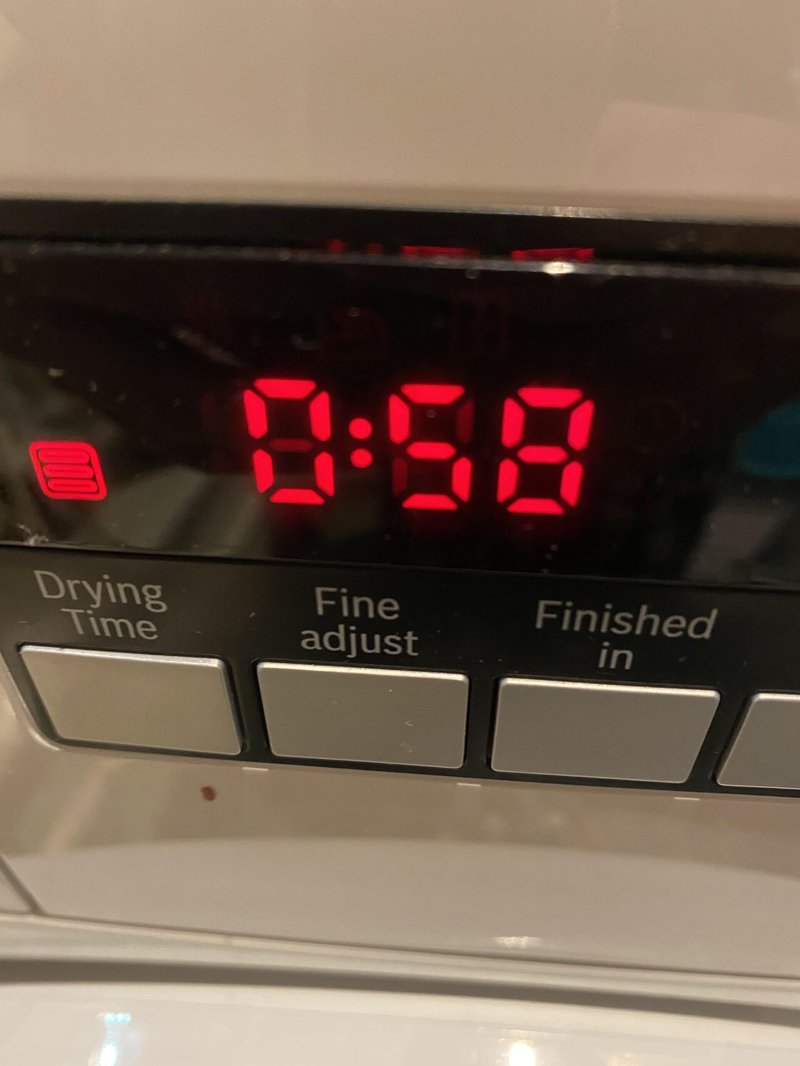
So, what does this error mean in plain language? In simple terms, the E3 error code on a Bosch dryer indicates a problem with the dryer’s motor. Think of it like a car engine that won’t start—it can’t move without everything working correctly. When the motor in your dryer isn’t operating as expected, the dryer alerts you via the E3 code. Now, let’s dive deeper into what might actually cause this error so you can see if it’s something you can fix or if you’ll need a professional’s touch.
Understanding the E3 Error Code
The E3 error code is essentially a cry for help from your dryer, signaling an issue with its motor system. The motor is the heart of the dryer, responsible for turning the drum and ensuring your clothes tumble and dry evenly. When this motor can’t do its job, the dryer simply cannot function as it should.
You might be wondering, how does this error even occur? Well, several factors can lead to an E3 error, like motor overload. Imagine trying to lift a weight that’s just too heavy; eventually, you’re bound to drop it. Similarly, if your dryer is overloaded with clothes, it may put too much strain on the motor, causing it to stall and trigger an error. Another common culprit is a faulty motor relay or a jammed drum that prevents the motor from rotating. Much like a door that’s stuck, a jammed drum stops everything in its tracks.
To address the E3 error, start by checking the load inside your dryer. You might just need to lighten the load or rearrange it to allow the drum to spin freely. If the problem persists, it might be time to inspect the internal components, possibly with professional assistance.
Overloading the Dryer
One of the simple yet often overlooked causes of the E3 error code is **overloading** the dryer. When you’re in a rush, it’s tempting to cram as much laundry as possible into one load, but this can be problematic. Overloading is akin to overpacking a suitcase—you can barely zip it up, and in the process, you might damage it. Similarly, an overloaded dryer struggles to move its drum, which can lead to motor strain.
When you consistently overfill your dryer, not only does it put stress on the motor, but it also leads to inefficient drying. Clothes may come out damp, and you risk the motor overheating. This is a bit like running a marathon without taking breaks; eventually, exhaustion sets in, and in the dryer’s case, this leads to an E3 error code.
To prevent this, it’s best to follow your dryer’s manual for the recommended load size. Ensure there’s enough space for air to circulate between the items, allowing them to dry evenly and efficiently. If you’re continually seeing this error despite not overloading, it may suggest a deeper issue with the motor itself.
Issues with the Motor Relay
The motor relay in a Bosch dryer is like a switch that allows the motor to receive power. If this component is faulty, it can disrupt the flow of electricity to the motor, causing the dryer to misbehave and display the E3 code. Imagine trying to light a lamp but the switch is broken; the circuit isn’t complete, so the light doesn’t turn on. Similarly, a defective motor relay can stop the dryer motor from starting or running smoothly.
Identifying a faulty motor relay involves checking if there’s power coming to the motor when the dryer is supposed to be running. If you’re comfortable with basic electrical checks, a multimeter can be used to test continuity in the relay. Otherwise, it might be safest to call a professional to handle it.
Replacing a faulty relay often resolves the E3 error, enabling the dryer motor to function normally again. Keeping an ear out for unusual noises during operation is also a good practice; odd sounds can signify relay or motor issues before they escalate.
Preventive Measures and Next Steps
Now, you’ve got a handle on what the E3 error code means and some of the common causes. But how do you prevent it from happening again? First, consistent maintenance is key. Regularly cleaning the lint filter and ensuring the exhaust vent is clear can help maintain proper airflow, reducing the strain on the motor. It’s a bit like regularly oiling a bike chain to keep it running smoothly.
Additionally, be mindful of the load size and check for tangled or twisted items that might be blocking the drum from spinning. Keeping the dryer balanced and leveled also prevents unnecessary shaking and motor strain.
If you’ve tried these steps and still face issues, it may be wise to consult a professional technician. They can perform a comprehensive diagnosis and repair any underlying mechanical problems, ensuring your dryer runs efficiently in the long run. Remember, while DIY solutions can often help, professional input can prevent minor issues from becoming major headaches.